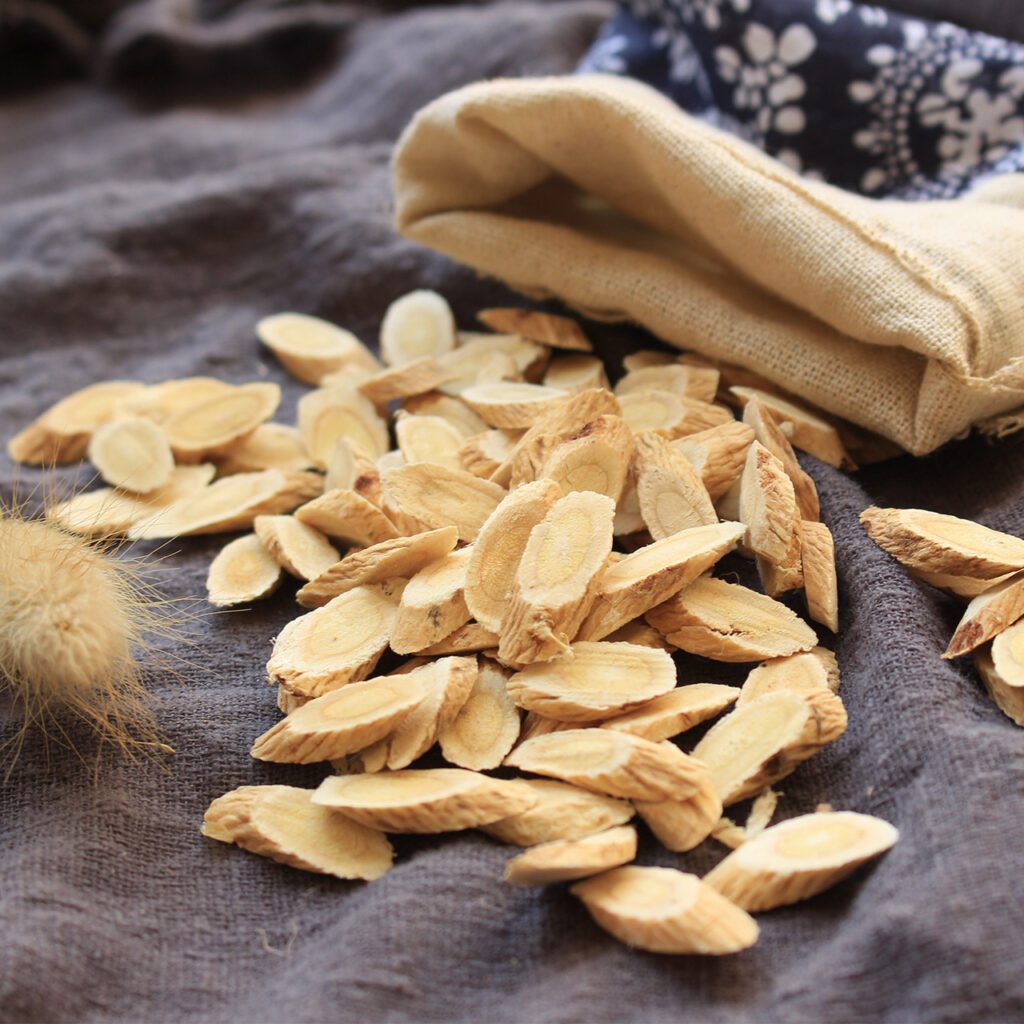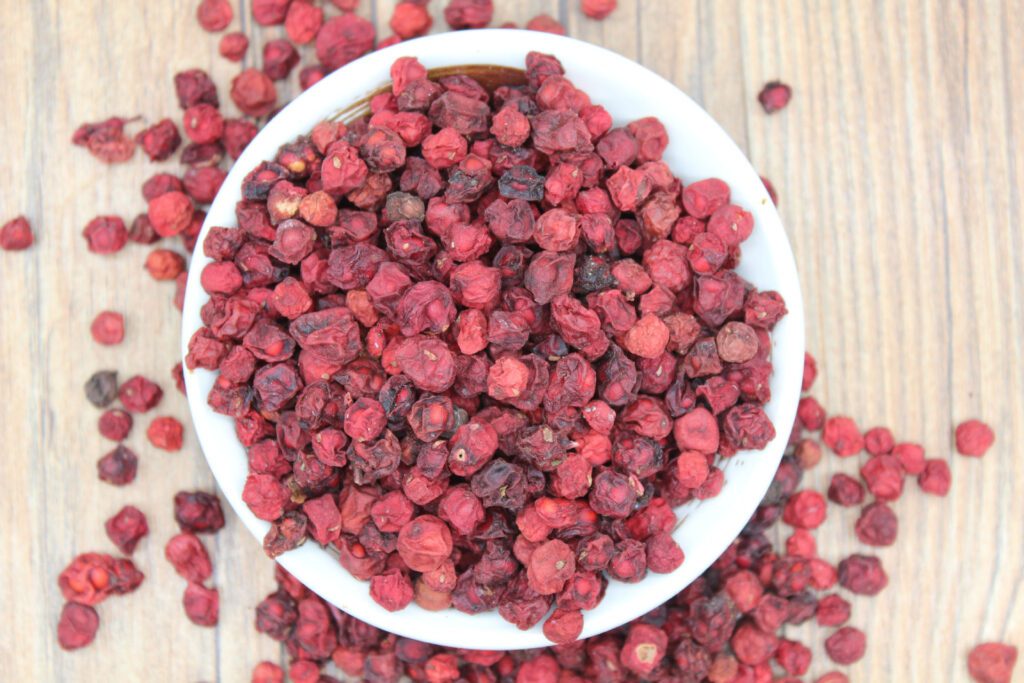The Top 5 Traditional Chinese Herbs: What They Do and How They Work
You may be surprised to learn that more than one-third of all Americans regularly use complementary and alternative medicine as their preferred method of treatment. And it’s with good reason—even though it’s now called “complementary” and “alternative” treatment, the truth is that natural therapies have been used for thousands of years. This is especially true of Traditional Chinese Medicine, which has been practiced for over 2,000 years.
Traditional Chinese Medicine is a holistic therapeutic practice based on ancient Chinese philosophy. It includes three different approaches: Traditional Chinese Medicine herbs, acupuncture, and tai chi. But, aside from its philosophical roots, how does Traditional Chinese Medicine differ from other natural therapies? Let’s take a look at what makes it unique and discuss the top Traditional Chinese Medicine herbs and the health benefits they offer.
Now let’s take a look at some of the top Traditional Chinese Medicine herbs that practitioners use to aid healing.
5 Top Traditional Chinese Medicine Herbs
Here are the top five Traditional Chinese Medicine herbs and their uses.
1.Cinnamon
According to Traditional Chinese Medicine philosophy, pungent herbs and spices such as cinnamon promote the circulation of Qi and body fluids. Conversely, the sweetness of cinnamon can aid in detoxification. But cinnamon is known to do even more.
One of cinnamon’s most beneficial health effects is its inflammation-fighting power. In a 2014 study, researchers tested the anti-inflammatory activities of 115 foods and found that cinnamon was one the most potent anti-inflammatory foods of all that were tested.
Additionally, in a 2015 study, researchers surmised that cinnamon could be used as a potential treatment of age-related inflammatory conditions.
2.Astragalus
One of the most widely used of all Traditional Chinese Medicine herbs, astragalus is known to support kidney health, heart health, and even the immune system.
A 2014 review revealed that astragalus use significantly decreased not only the amount of protein in subjects’ urine (often associated with kidney disease), but also decreased both systolic and diastolic blood pressure.
Interestingly, a 2016 study also revealed that astragalus increased the efficacy of platinum-based chemotherapy while also decreasing toxins derived from platinum in patients with non-small-cell lung cancer.

3.Ginger
Ginger is considered to be one of the warming Traditional Chinese Medicine herbs, commonly used to treat colds. But this powerful herb is also incredible versatile and has been shown to aid in the treatment of a variety of conditions.
For example, numerous studies have shown that ginger can help to prevent and relieve nausea and vomiting. And a 2013 study confirmed that ginger oil is effective in fighting nausea and even reduced the need for anti-nausea medications post-surgery. In fact, sipping on ginger tea is a great way to aid in nausea relief.
In addition, ginger is often used for other ailments, including arthritis, migraines, and even hypertension. And a 2015 study even found that ginger helped reduce fasting blood sugar in people with diabetes.
Interestingly, ginger also shows promise as a therapeutic agent for asthma. A study showed that ginger has the ability to relax the smooth muscle in the airway, which may help provide quick relief to those experiencing asthma attacks.
4.Schisandra berry
Finally, the schisandra berry has been an important Traditional Chinese Medicine herb for centuries. It’s known as the “fruit of five tastes” in Traditional Chinese Medicine because it contains all five basic flavors: salty, bitter, sweet, sour, and spicy.
Schisandra berry is one of several adaptogenic herbs, which are non-toxic plants that are commonly used in Traditional Chinese Medicine because of their ability to help the body manage mental and physical stress. Plus they help support the immune system.
According to a 2014 study, schisandra berry can actually benefit those with osteoporosis. Researchers found that the herb was able to significantly increase bone mineral density. Moreover, studies have shown that this Traditional Chinese Medicine herb can benefit many areas of health—from aiding cognitive function to supporting adrenal health to even suppressing tumor growth, making it an incredible versatile natural treatment option.

5.Licorice root
This Traditional Chinese Medicine herb has cooling properties and is believed to strengthen your Qi as well as aid in detoxification. It’s also believed to support your spleen and heart. It’s commonly used internally for conditions such as Addison’s disease, asthma, bronchitis, coughs, peptic ulcer, and arthritis.
Licorice root is also known to aid digestion. In fact, in a 2011 study, researchers found that taking licorice root daily significantly improved indigestion in participants after 15 days and 30 days.
In addition, a 2010 study revealed that, due to its anti-microbial properties, licorice root was effective in treating both fungal and bacterial infections.
How long does it take for Chinese herbs to work? Doctor Li in kings park chiropractic clinic says that treatment may span between one or two weeks to much longer. “If we’re treating a fever or cough, you’ll be good to go rather quickly. But if you have a 40-year history of health problems and multiple chronic diseases, it will take much longer.”
Kings Park Chiropractic, We offer allied health services since 2018, We offer various Chiropractic Disciplines. Our team is highly-trained and experienced.
Western Sydney Chiropractic Clinic Serves Suburbs – Chiropractor Near Me
Seven Hills NSW 2147
Kings Langley NSW 2147
Kings Park NSW 2148
Blacktown NSW 2148
Baulkham Hills NSW 2153
Norwest NSW 2153
Castle Hill NSW 2154
Rouse Hill NSW 2155
Kellyville NSW 2155
Kellyville Ridge NSW 2155
Schofields NSW 2762
Quakers Hill NSW 2763
Marsden Park NSW 2765
Box Hill NSW 2765
Rooty Hill NSW 2766
Stanhope Gardens NSW 2768
The Ponds NSW 2769

